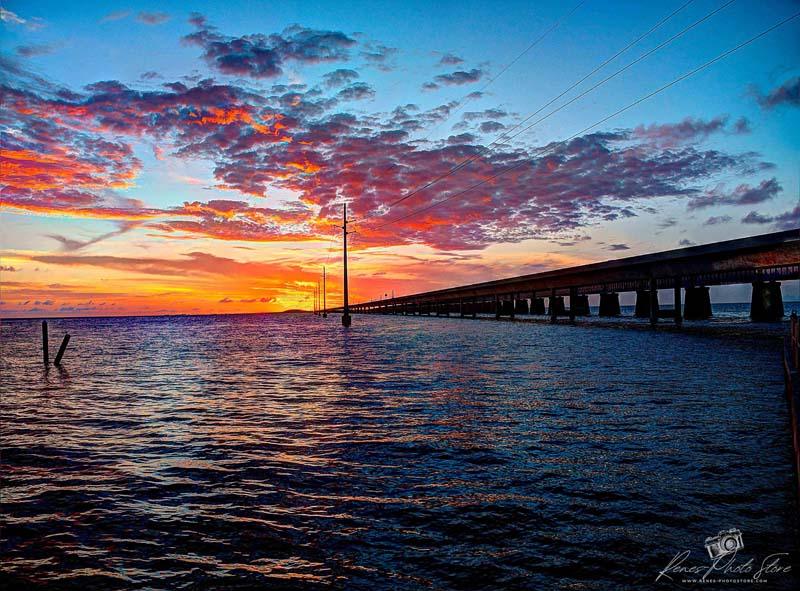Where Time Slows: A Sunset on Pu Hui Tang Bridge in Qibao
The air was soft with the scent of lotus and fried sesame balls as I walked into Qibao Ancient Town, the cobblestones still warm beneath my feet from the day’s sun. It was late afternoon in early autumn—golden hour creeping in like a whispered secret—and I was searching for one place: Pu Hui Tang Bridge.
Tucked between narrow canals lined with willow trees and centuries-old tea houses, this graceful stone arch bridge stands as the quiet heart of Qibao, a 1,000-year-old water town just 15 kilometers from downtown Shanghai. To most tourists, it’s a fleeting stop between skyscrapers and shopping malls. But to those who linger, Qibao offers a rare glimpse into the soul of Jiangnan—the “south of the river” region where delicate bridges, flowing canals, and whitewashed homes with black-tiled roofs have defined Chinese aesthetics for generations.
And as the sun began its descent behind the tiled rooftops, Pu Hui Tang Bridge transformed.
The first light caught the top of its curved silhouette—a perfect half-moon of weathered granite—gilding the moss along its crevices. Then it spilled downward, painting the still water below in molten streaks of gold and coral. A small wooden boat drifted beneath the arch, its elderly oarsman guiding it with practiced ease, the dip of his paddle the only sound breaking the hush. Above, red lanterns—strung from eaves and trees—began to glow like embers, one by one, as dusk settled over the canals.
I stood on the bridge’s edge, not to cross, but to feel. To be still. In a city like Shanghai, where bullet trains race at 350 km/h and neon lights never sleep, this moment felt like a rebellion against speed. Here, time didn’t vanish—it pooled, like water beneath the bridge.
Pu Hui Tang Bridge is more than a crossing. It’s a relic of a slower China. Originally built during the Ming Dynasty (1368–1644), though possibly standing on foundations from the Song era, the bridge has watched generations pass—merchants in silk robes, scholars with ink-stained fingers, children chasing fireflies along the water’s edge. Its single arch was engineered not just for beauty, but for function: allowing flat-bottomed boats to glide beneath during seasonal floods, while the stone steps provided a steady path for foot traffic.
The design is classic Jiangnan water town architecture—elegant, understated, in harmony with nature. The stones are worn smooth by centuries of rain and footsteps. Carvings of lotus blossoms and auspicious clouds decorate the railings, subtle nods to Buddhist and Daoist symbolism. Locals say the bridge was named after a monk—Pu Hui, meaning “universal wisdom”—who once taught by the canal, offering tea and counsel to travelers. Whether legend or truth, the name lingers like the evening mist: quiet, wise, enduring.
Today, Qibao is both preserved and repurposed. While the outer city surges forward with tech parks and high-rises, this ancient town has been carefully restored—its canals dredged, its buildings stabilized, its alleys reopened to foot traffic. But unlike some over-commercialized heritage sites, Qibao retains a sense of lived-in authenticity. Grandmothers sit outside their homes peeling lotus roots. Vendors sell tanghulu (candied hawthorn) and steamed xiaolongbao from wooden carts. And every evening, as the sun sets, the lanterns come on—not for a tourist show, but as they have for decades, marking the rhythm of the day.
Still, change is inevitable. The groundwater levels have shifted. Some original structures have been replaced with replicas. And the canal, once a vital trade route for rice and silk, now carries mostly sightseeing boats and the occasional swan. Yet the spirit remains. The bridge still stands. The water still reflects the sky. And at sunset, when the light turns the world to gold, it feels as if nothing has changed at all.
What makes this photograph so powerful isn’t just the visual harmony—the symmetry of the arch, the mirror-like water, the warm glow against cool shadows. It’s the mood. This is a place of stillness in motion, of history breathing quietly beneath modern life. The image captures more than a sunset; it captures continuity—the way traditions persist, not through grand declarations, but through small, daily acts: a lantern lit, a boat rowed, a step taken across ancient stone.
It’s the kind of scene that belongs on a wall, in a book, in a moment of quiet reflection. A reminder that beauty doesn’t always shout. Sometimes, it whispers from a bridge in a forgotten corner of a megacity.
This image—the golden hush of Pu Hui Tang Bridge at sunset—is available as a high-resolution digital download, ideal for those who cherish cultural depth and visual serenity. With museum-grade clarity and rich tonal detail, it’s optimized for large-format printing, digital displays, and creative use. Perfect for home or office decor, editorial features, travel branding, or educational presentations, it carries the elegance of Jiangnan’s water towns into modern spaces. CLICK HERE TO PURCHASE NOW!!!
Licensed for commercial and editorial projects, it’s a meaningful choice for designers, educators, and cultural storytellers alike.
But beyond its utility, this photo is a portal—a quiet invitation to slow down, to cross a stone bridge in Shanghai, and to stand for a moment where the past still glows in the light of the setting sun.



